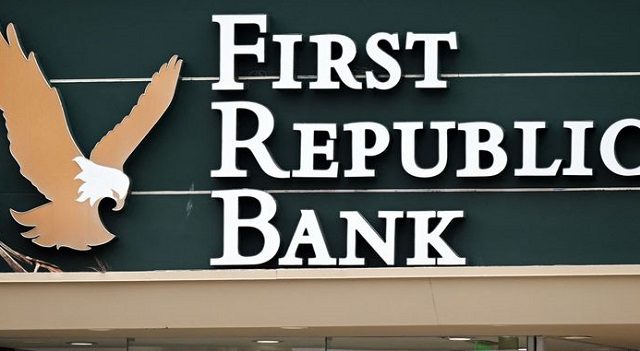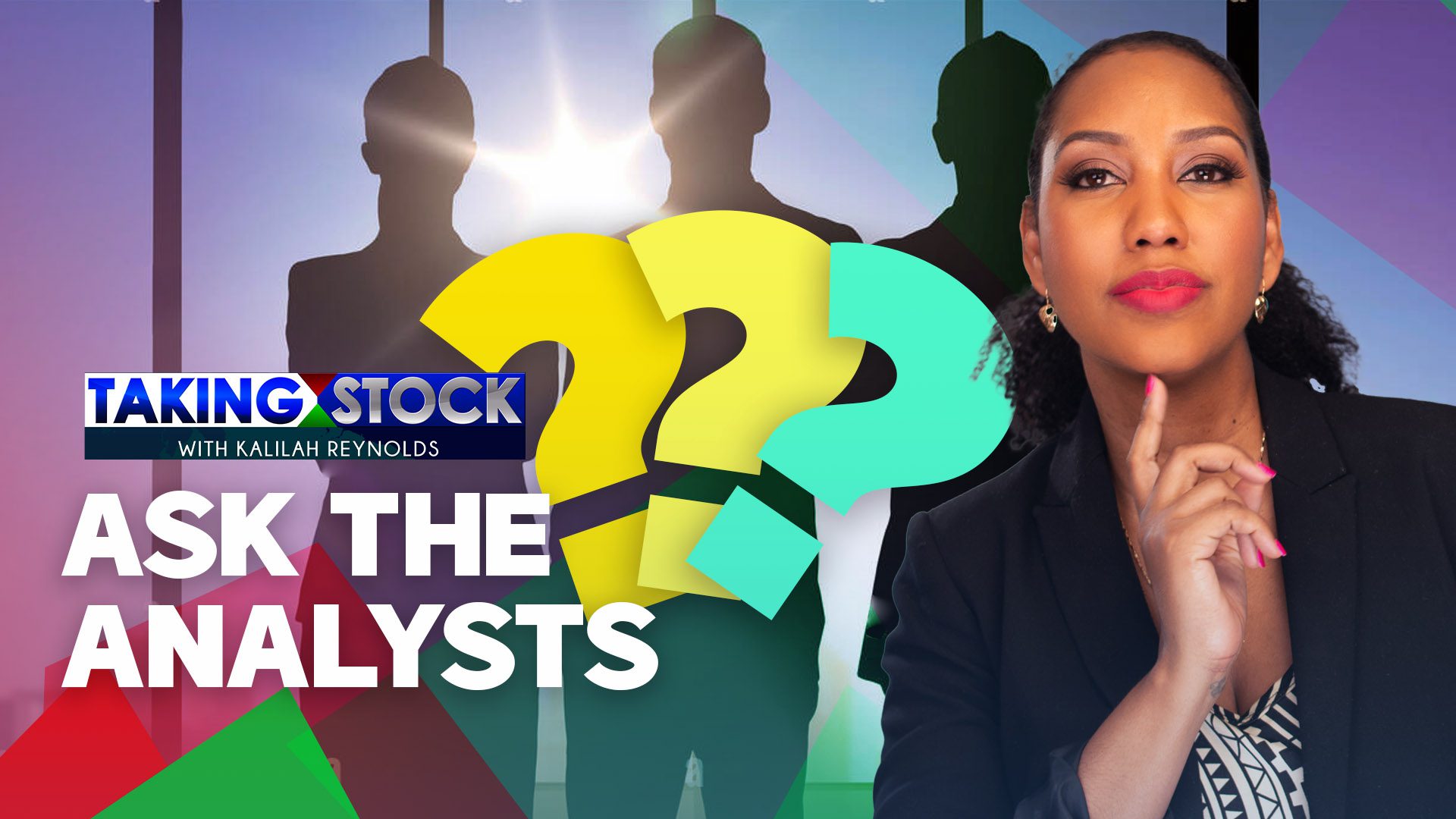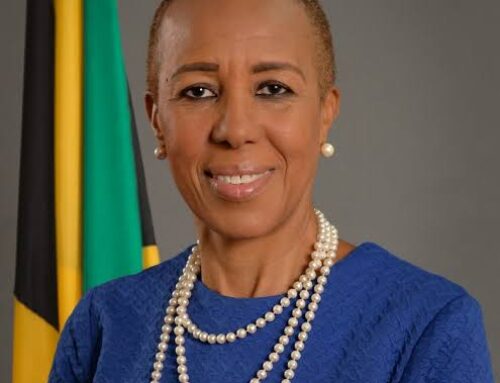
THE ANALYSTS: More US bank failures likely
Business Journalist, David Rose, says there is a high probability of more bank failures in the United States as consumers become increasingly worried.
Speaking on Taking Stock with Kalilah Reynolds, Rose noted that there are several banks which economists have been keeping an eye on in the wake of the collapse of First Republic Bank.
On Monday, First Republic Bank (FRB) became the second-largest bank failure in US history, prompting an emergency rescue from competitor JPMorgan Chase. It is also the third US bank failure since March.
Rose noted that the failures in the US had prompted fear and uncertainty in the global economy.
In March, the Swiz government brokered a deal for UBS Financial Services to acquire its competitor, Credit Suisse, which was on the verge of collapse.
Credit Suisse is among 30 banks considered systematically important to the global economy. Economists had theorised that if Credit Suisse were to fail, it could trigger a global banking crisis.
“We have seen an unprecedented number of events in the last two months,” Rose said.
The Journalist noted that the volatility stems from the pressure increasing interest rates have placed on financial institutions. Central Banks globally, have been raising interest rates to combat high inflation caused by the pandemic.
“As interest rates continue to rise, the cost of funding for a lot of these regional banks in the US goes up,” Rose said.
“When a bank takes in money from customers they have to lend it out to earn a return on it. The reality is that the source of funding that they use is very expensive and as interest rates rise, the fair value of some assets decreases,” he explained.
Similar to Silicon Valley Bank, Rose explained that FRB likely heavily invested in US treasury bills or bonds. However, when the Federal Reserve began aggressively and rapidly increasing interest rates in 2022, the value of those assets fell.
Depositors were likely nervous they would lose their funds, especially, if they had sums greater than the S$250,000 that is insured by the Federal Deposit Insurance Corporation.
This fear typically leads to a run on the bank, which results in a cash flow issue as depositors all try to withdraw their funds from the institutions simultaneously.
“Because remember banks don’t always have all your money in a liquid position. So FRB had to sell some of their assets at a loss in order to pay customers,” Rose explained.
He noted that several regional US banks are in similar positions as SVB and FRB, adding that the stock price for many has fallen significantly since the start of the year.
“When you see the stock price of a bank crashing, it signals that people are losing faith altogether in the institution,” he said.
“It’s unfortunate because the more banks that fail, the more hostility and uncertainty is added to the financial system,” Rose added.
Ask The Analysts
The Cast David Rose Business Writer, Observer Leovaughni Dillion Investment Research & Sovereign Risk Analyst at JMMB Group
R.A. Williams to list on JSE
The Cast Audley Reid CEO R.A. Williams Distributors Julian Morrison Founder, Wealth Watch JA










Leave A Comment